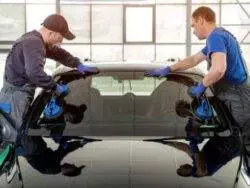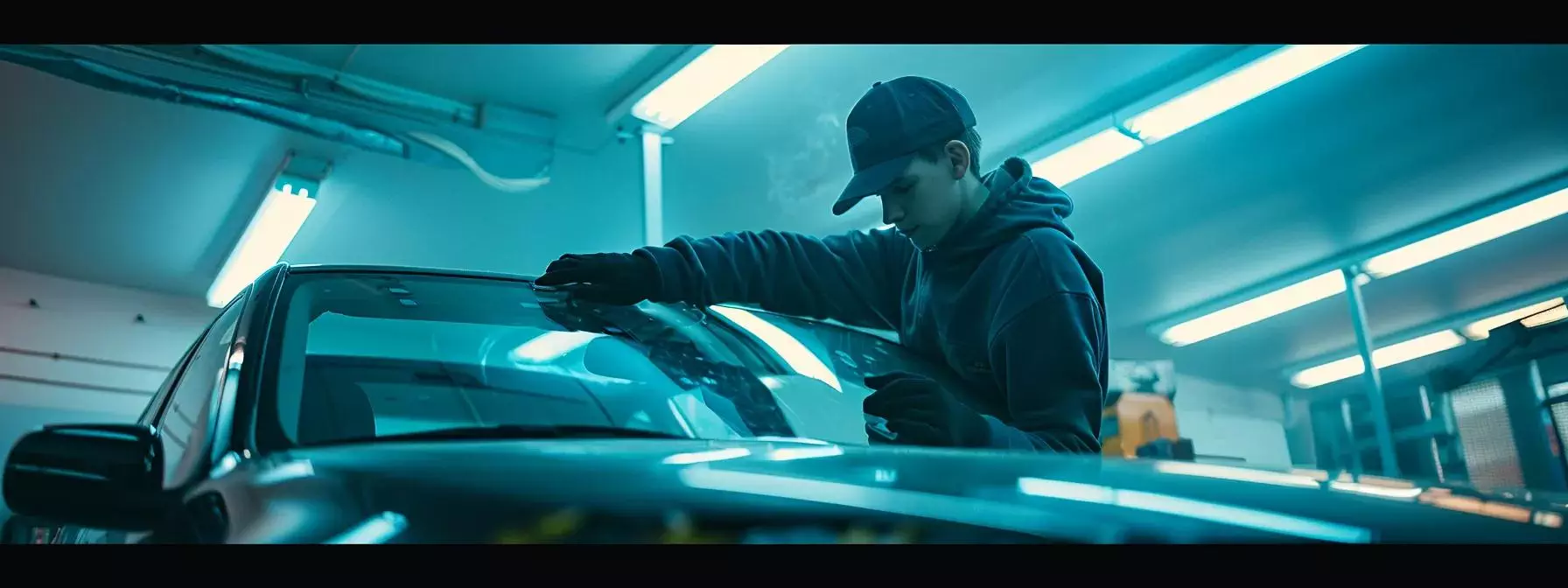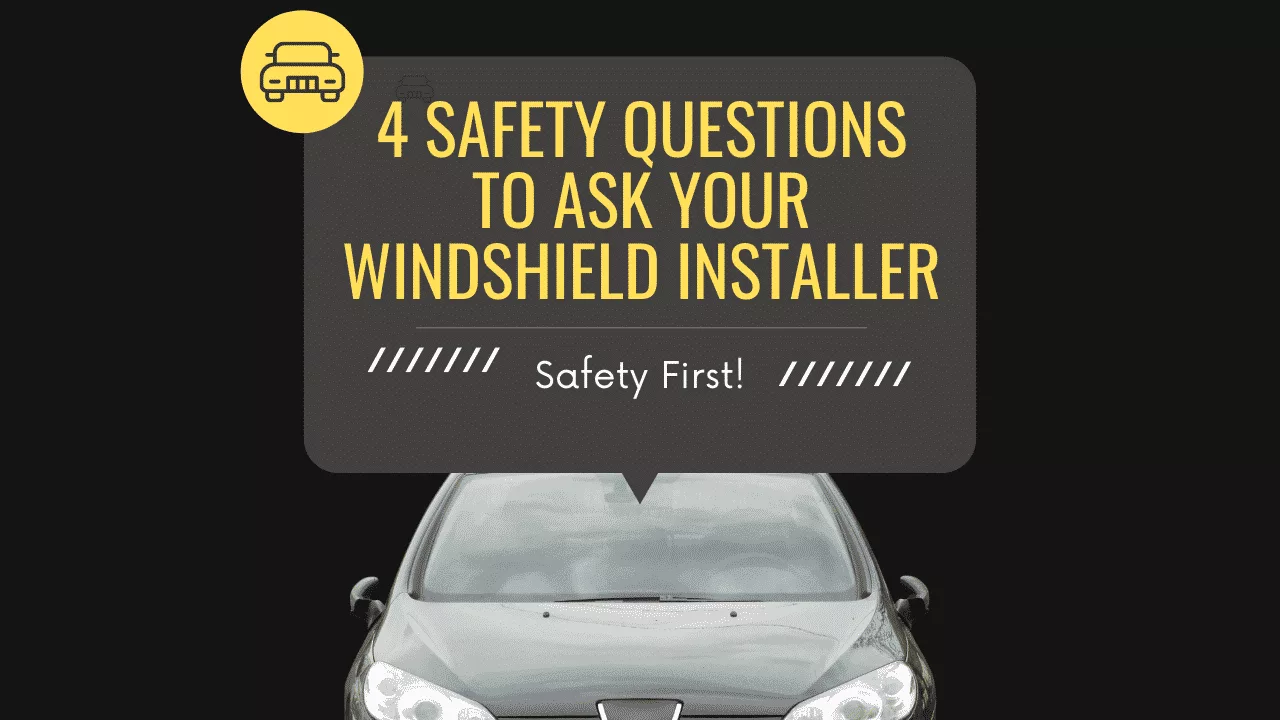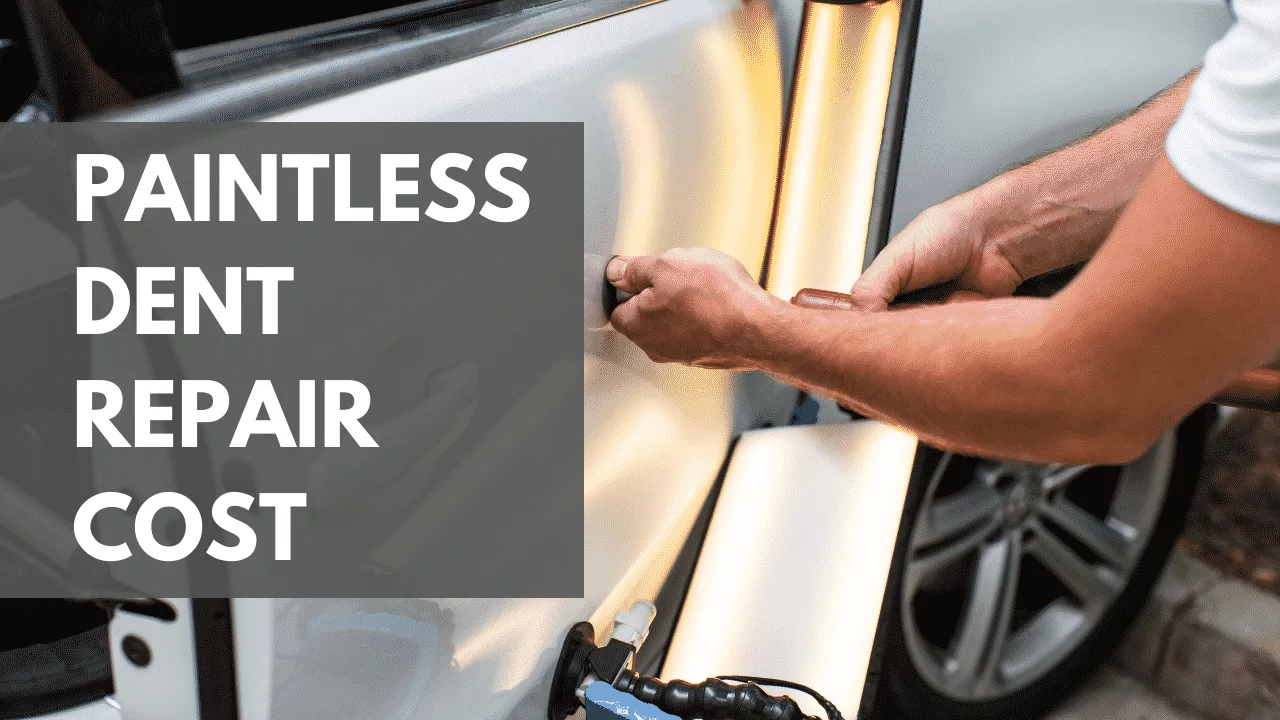You should consider asking a few questions during your search for an auto glass installer.
- Are you certified?
- Do you offer a warranty?
- What type of windshields or glass will be installed?

Below are some additional auto glass certifications, organizations, and definitions to help you better understand and ask questions to the glass company installing your next windshield.
- AGRSS: An Accreditation program for auto glass shops which guarantees that the auto glass shop is compliant with ANSI/AGRSS standards.
- IGA: The Independent Glass Association is a membership for smaller auto glass companies. Generally an IGA member will have fewer than 100 locations. Technicians are required to have a minimum of six months auto glass replacement experience and make at least 50% of their yearly income from auto glass replacement.
- NGA: The National Glass Association certifies individual auto glass installers. The two levels of NGA certifications are “Certified Auto Glass Technician” (CAGT) which requires at least 6 months experience in auto glass replacement and “Certified Master Auto Glass Technician” (CMAGT) which requires 3 years experience as an auto glass technician.
Auto Glass Replacement Glossary
There are many new features in today’s windshields. Below is a glossary of terms that can be useful in understanding some of these features.
- Acoustic Interlayer: Glass having a thicker than normal center laminate for noise reduction and better stereo sound quality.
- AGRSS: Automotive Glass Replacement Safety Standards. Safety standards widely accepted by the auto glass industry.
- Anti-theft: Vehicle glass that is made of laminated glass and tempered glass sandwiched together to help prevent smash & grab theft.
- Butyl: An adhesive/sealant. It achieves lap shear strengths of only about 13 psi.
- Diversity Antenna: Combines the reception from two or more antennas on the vehicle. They work together to achieve superior radio reception. They typically appear as a thin brown or orange line inside the glass.
- Dot Matrix Shade: The traditional gradient shade band in the laminate is replaced by a dot matrix frit across the top of the windshield. These little black dots are painted onto one of the glass surfaces.
- Electrochromic Mirror: A rear view mirror that automatically dims when light shines on it.
- Encapsulated: A glass part that has a molding attached. Usually it’s only on the top of the glass and is commonly found on GM made SUV’s.
- Frit: The black painted border around the perimeter of the auto glass. Designed to block the sun’s rays from deteriorating the adhesive that structurally bonds the auto glass to the vehicle.
- Heated Wiper Park Area: A windshield contains heater grids across the lower part of the glass where the wipers rest. Usually visible as a brown or grey lines running horizontally at the base of the windshield.
- High Modulus Adhesives: Adhesive designed to withstand a variety of stresses and still return to its original form. High modulus adhesives are stiffer than normal adhesives.
- HUD: Heads up display. Some of your vehicle’s key instrumentation is flashed up onto the bottom of the windshield.
- Laminated Auto Glass: A sandwich of two pieces of glass with a layer of laminate between them. All front windshields are made of laminated glass. Properly installed windshields cushion an occupant’s head during impact, act as a backboard for the airbags, and provide structural roof support in an accident.
- Light Sensor: A sensor usually located on the windshield that senses the absence of light and turns the headlights on.
- Nonconductive Adhesives: Low in carbon and change high frequency antenna impedance. Sensitive electronic signals in some luxury cars require specialized nonconductive adhesives to maintain optimal operating levels.
- O.E.M.: Original Equipment Manufacturer
- PVB: Polyvinyl Butyral. The vinyl layer between two pieces of glass that make up the front windshield.
- Rain Sensor: A sensor usually located near the windshield’s rear view mirror that senses rain and activates the windshield wipers.
- Safe Drive Away Time: The safest allowable time to drive a vehicle after a front windshield installation. This is usually a minimum of one hour.
- Solar Absorbing Auto Glass: Auto glass that blocks out harmful ultraviolet and infrared rays thereby reducing the sun’s damage and keeping the inside of the vehicle cooler.
- Solar Coated Auto Glass: When the inner layer of non-solar glass is coated with UV reflective film before being attached to the PVB and second layer of glass to form the windshield
Get an Auto Glass Price Quote Now



